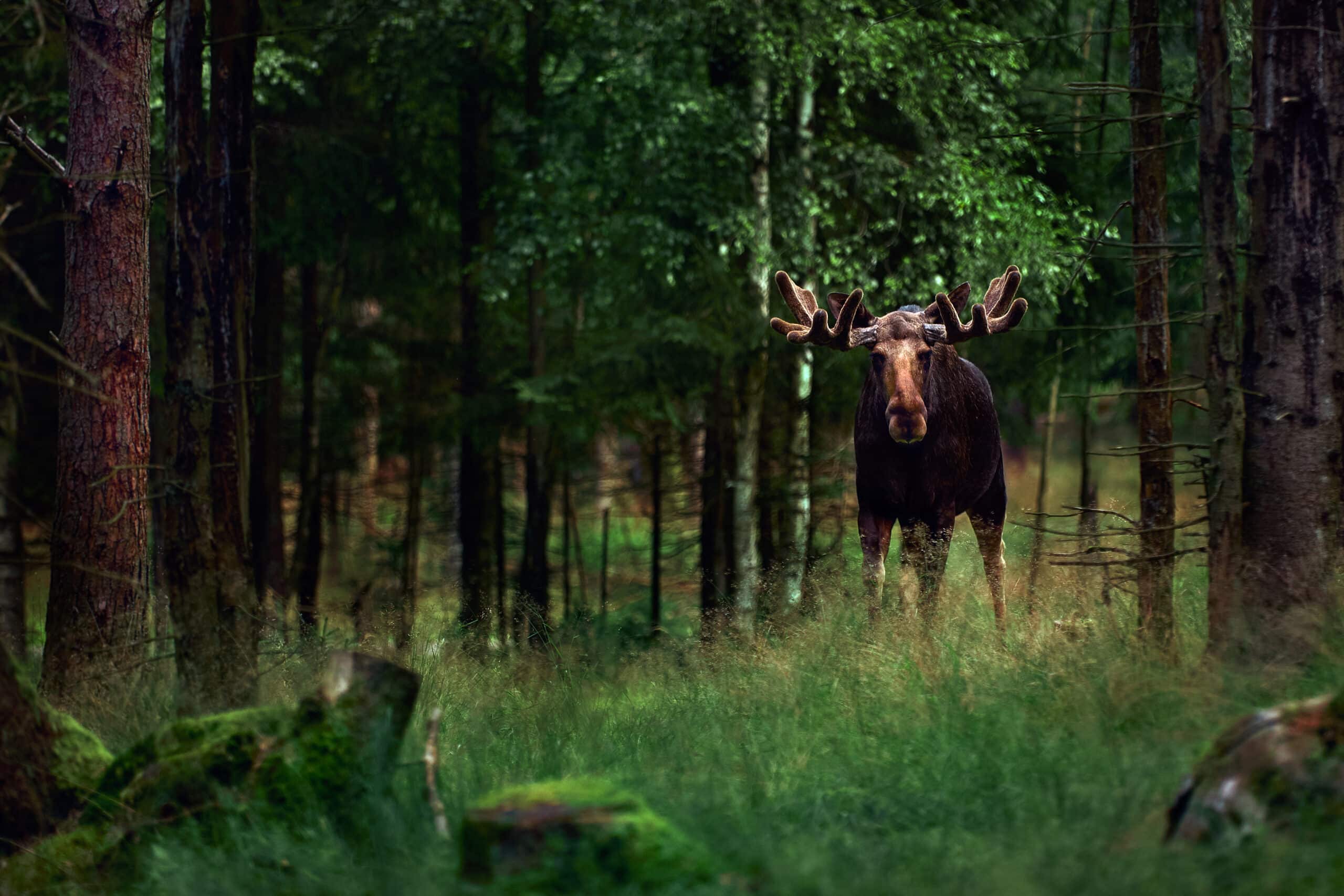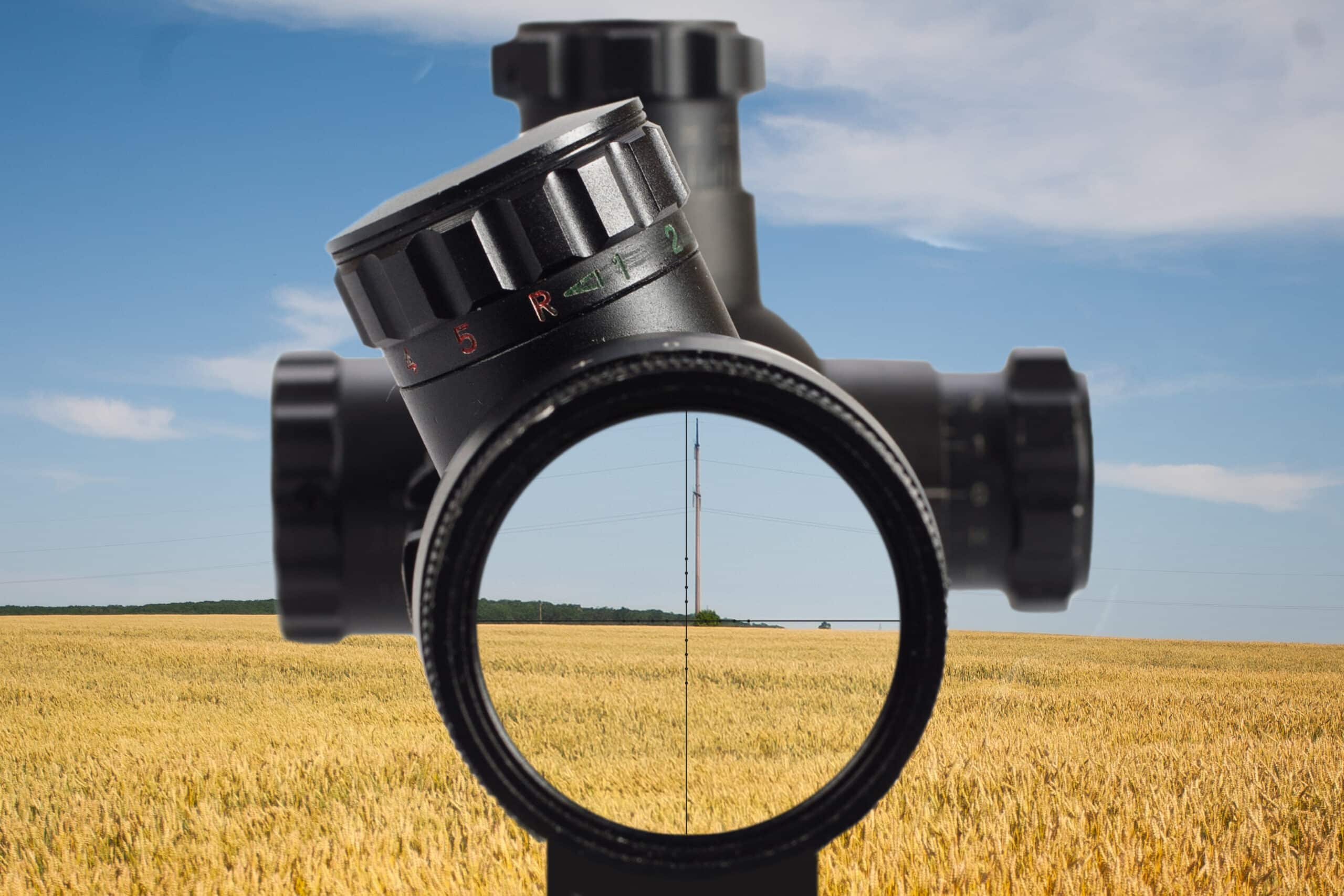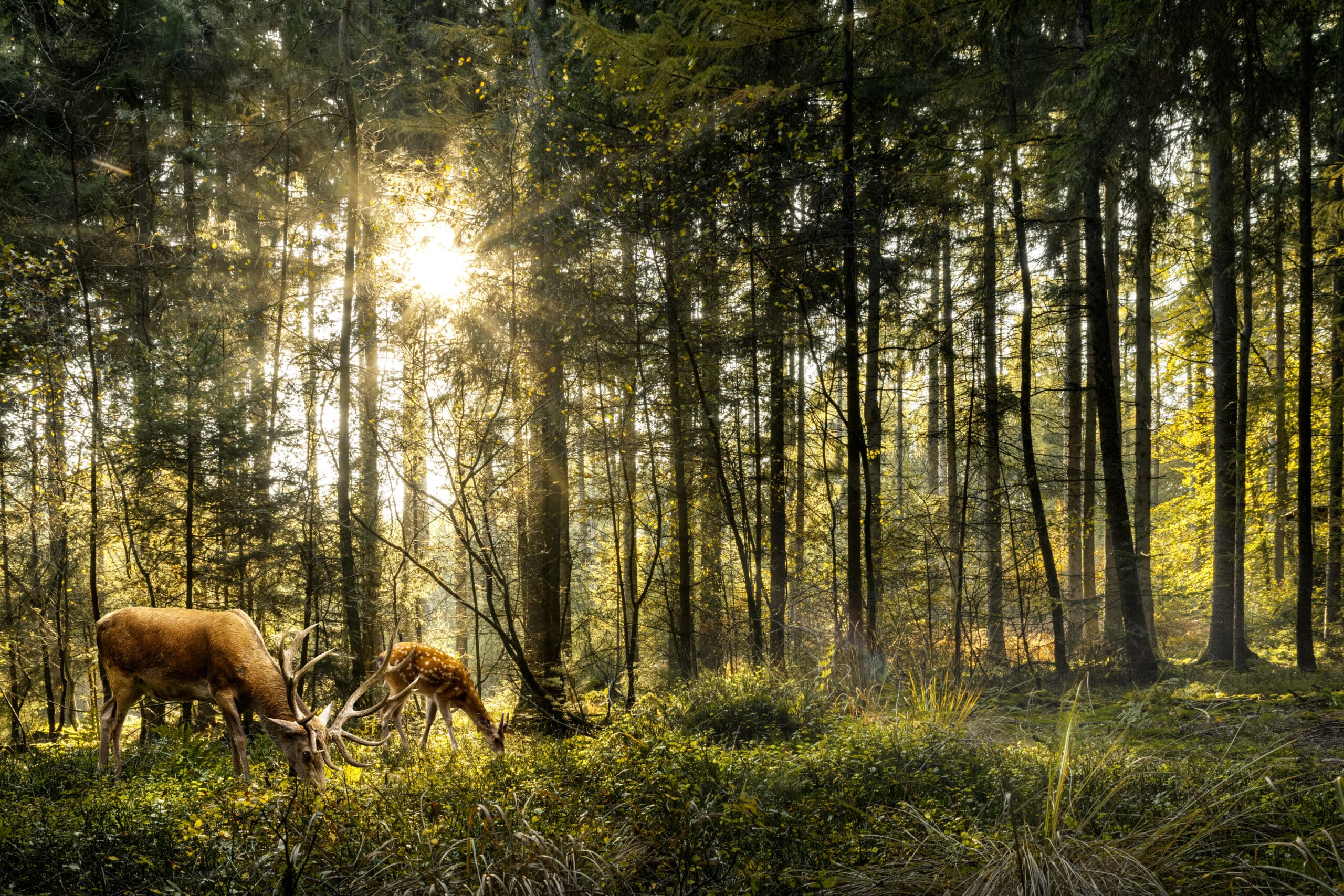Bill C-21: What Does It Mean for Canadian Hunters?
What Does It Mean for Canadian Hunters?
Since the introduction of Bill C-21, a piece of legislation aimed at tightening gun control in Canada, many hunters have been raising valid concerns about its implications. What does this law mean for hunting enthusiasts and their activities? In this article, we’ll break down Bill C-21 and explore its impact on hunters, while addressing some of your key questions.
Bill C-21: What You Need to Know
What Is Bill C-21?
Bill C-21 is a legislative proposal designed to enhance firearm regulations in Canada. Its primary goal is to reduce gun violence by banning certain handguns and tightening controls on semi-automatic firearms. While this initiative aims to improve public safety, hunters are already feeling the indirect effects of this legislation.
Hunters, although not directly targeted, are affected by broader restrictions on certain firearms traditionally used for hunting. For instance, some semi-automatic rifles, valued for their efficiency, now face stricter regulations.
Direct Impact on Canadian Hunters
Restrictions on Firearms
One of the primary effects of Bill C-21 is the restriction on hunting firearms. Although the government has pledged to protect hunters’ essential tools, several models of semi-automatic firearms, commonly used for big game hunting, are now subject to stricter controls or outright bans.
More Complex Procedures
Bill C-21 also introduces new administrative requirements:
- License Renewals: Enhanced screening and more frequent evaluations are now mandatory.
- Transporting Firearms: Hunters must adhere to stricter transport regulations, making trips to hunting grounds more cumbersome.
- Possession Rules: The law imposes harsher penalties for offenses related to the possession of undeclared or improperly stored firearms.
Psychological Impact
For many, hunting is more than a pastime; it’s a tradition passed down through generations. The new restrictions can make hunters feel unfairly associated with criminal behavior, which weighs heavily on this community.
The Economic Fallout for Hunting | Bill C-21
A Key Sector
Hunting is a vital industry in Canada, generating billions of dollars annually through equipment sales, licensing, and hunting tourism. With the restrictions imposed by Bill C-21, retailers specializing in hunting gear, such as Boutique Coureur des Bois, may see a decline in sales.
Fewer New Hunters
The increased complexity of regulations may also discourage younger generations or newcomers from taking up hunting. This potential decline could weaken the industry over time.
Adapting to the New Reality
So, how can Canadian hunters adapt to this new landscape?
Educate Yourself About the Legislation
Take the time to understand the specifics of Bill C-21. Knowing which firearms are affected and how to stay compliant with the law is crucial. Seek advice from local experts or visit specialized retailers like Boutique Coureur des Bois for guidance on legally compliant firearms.
Explore Alternatives
While some models are banned, there are still many firearms perfectly suited for hunting and compliant with the law. Traditional bolt-action and lever-action rifles, for example, remain reliable and effective options.
Make Your Voice Heard
Hunters can actively participate in discussions about the legislation by joining hunting associations or communicating their concerns to elected officials. A constructive approach ensures hunters’ needs aren’t overlooked.
Why Is Bill C-21 Controversial?
Bill C-21 sparks debate because it highlights the challenge of balancing public safety with individual rights. On one hand, supporters emphasize the need to prevent gun violence. On the other, hunters argue that the restrictions disproportionately impact them without addressing the root causes of crime.
Conclusion
As hunters, we must adapt while standing up for our passion and way of life. Bill C-21 represents a significant change that reshapes the landscape of hunting activities in Canada. But with the right information, thoughtful equipment choices, and active participation in dialogue, we can minimize its impact and continue hunting responsibly.
If you have questions or want to explore equipment that complies with the law, visit Boutique Coureur des Bois to find everything you need.
FAQ
1. Which firearms are directly banned by Bill C-21?
Bill C-21 primarily targets semi-automatic firearms and handguns. Some hunting firearms fall under these restrictions, but traditional rifles remain largely permitted.
2. Do hunters need to renew their licenses more frequently?
Yes, Bill C-21 introduces more frequent license renewals, including enhanced background checks.
3. Can I still transport my firearms freely for hunting?
Firearm transport is now subject to stricter rules, requiring clear declarations and secure storage during travel.
4. How can I verify if a firearm complies with Bill C-21?
Consult specialized retailers like Boutique Coureur des Bois or check government-updated lists for compliant firearms.
5. What can I do to protect my rights as a hunter?
Join local hunting associations, participate in public consultations, and contact your representatives to share your concerns.
Thank you for taking the time to read this blog!
Join us on Facebook and Instagram, where we regularly share content and promotions!
For any questions, contact us at info@boutiquecoureurdesbois.ca.
Visit our online store to explore all our products.





